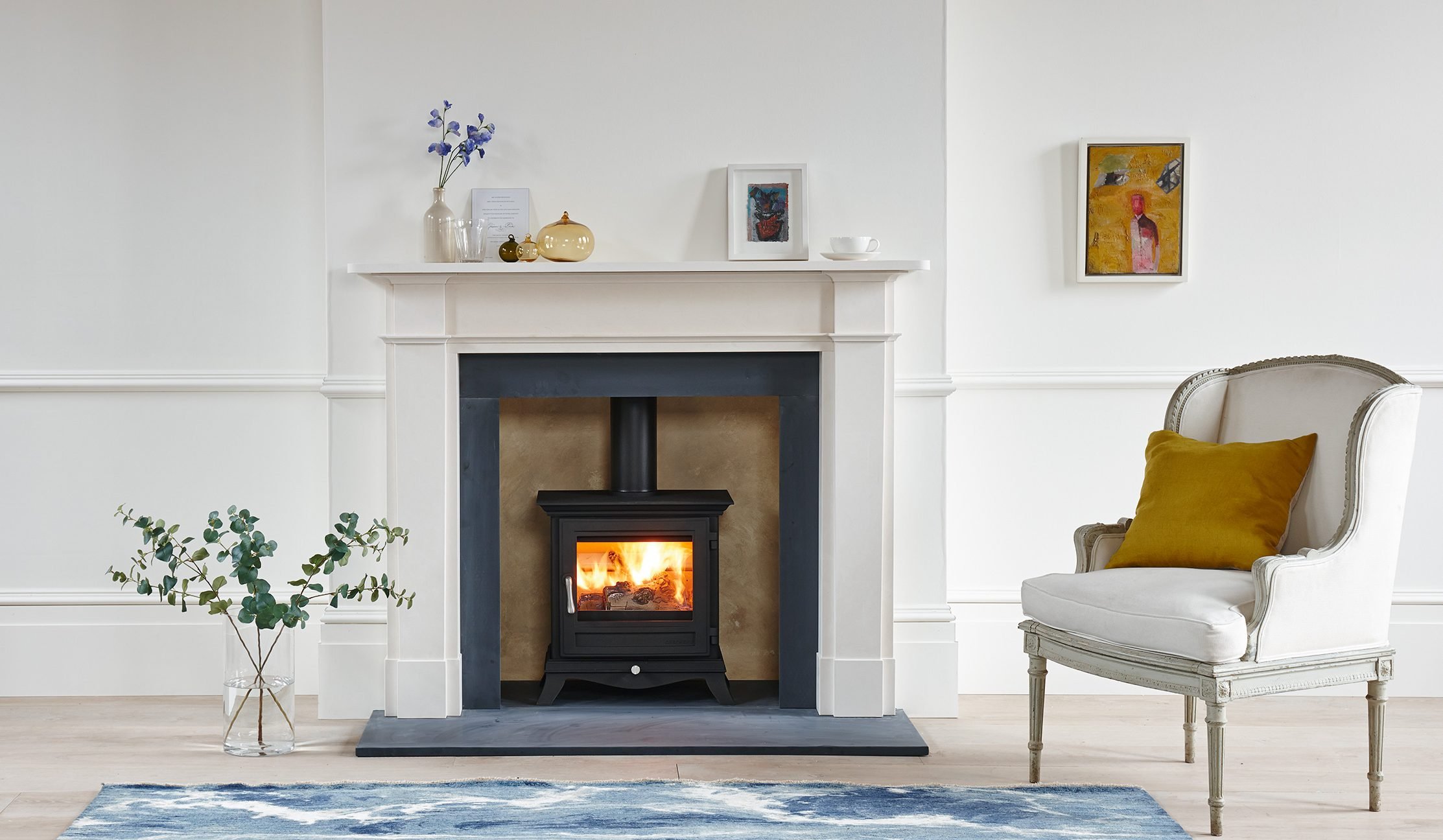

Articles
How To Use A Wood Burning Fireplace
Modified: February 24, 2024
Learn the art of using wood burning fireplace effectively with our informative articles. Discover tips, techniques, and safety precautions to enhance your cozy indoor experience.
(Many of the links in this article redirect to a specific reviewed product. Your purchase of these products through affiliate links helps to generate commission for Storables.com, at no extra cost. Learn more)
Introduction
There’s nothing quite like the warm and cozy ambiance of a wood burning fireplace. It not only provides a source of heat during cold winter nights but also adds a touch of rustic charm to any space. However, using a wood burning fireplace requires knowledge and proper techniques to ensure safety and efficiency. In this article, we will guide you through the process of using a wood burning fireplace, from gathering the necessary supplies to safely maintaining and controlling the fire. So grab a cup of hot cocoa and let’s dive in!
Key Takeaways:
- Embrace the warmth and charm of a wood burning fireplace by prioritizing safety, gathering essential supplies, and mastering the art of building and maintaining a cozy fire.
- Ensure the longevity and safety of your wood burning fireplace through regular cleaning, maintenance, and adherence to crucial safety tips for a worry-free and enjoyable fireplace experience.
Safety Considerations
Before using a wood burning fireplace, it is crucial to prioritize safety to prevent accidents and ensure the well-being of everyone in your home. Here are some important safety considerations to keep in mind:
- Keep flammable items away: Make sure to keep any flammable objects, such as furniture, curtains, or decorations, at a safe distance from the fireplace. It is recommended to maintain a minimum clearance of three feet around the fireplace.
- Install a smoke detector and carbon monoxide detector: These detectors are essential for early detection of smoke and carbon monoxide buildup, which can be life-threatening. Regularly check and replace the batteries to ensure they are functioning properly.
- Inspect the chimney: Before using the fireplace, have a professional chimney sweep inspect and clean the chimney annually. This will remove any buildup of creosote, a highly flammable substance that can lead to chimney fires.
- Use a fireplace screen: A fireplace screen acts as a barrier and prevents sparks and embers from escaping the fireplace, reducing the risk of fire in your home.
- Proper ventilation: Ensure that the damper is open before starting a fire to allow for proper airflow. This will help prevent smoke from entering your home and ensure efficient burning.
- Use the right kind of wood: Only burn seasoned hardwood in your fireplace. Avoid using green or wet wood, as it produces more smoke and increases the likelihood of creosote buildup.
- Never leave the fire unattended: Always stay in the room while the fire is burning and keep an eye on it. If you need to leave the room, make sure to completely extinguish the fire.
By following these safety considerations, you can enjoy the warmth and beauty of your wood burning fireplace with peace of mind.
Gathering the Necessary Supplies
Before you can start a fire in your wood burning fireplace, you’ll need to gather some essential supplies. Having these items on hand will ensure a smooth and enjoyable fireplace experience. Here’s a list of the necessary supplies:
- Firewood: Choose seasoned hardwood, such as oak, maple, or birch, which burns more efficiently and produces less smoke. Avoid using softwoods like pine or cedar, as they burn quickly and can create excessive creosote buildup.
- Kindling: These small sticks or twigs are used to start the fire. You can use newspaper, dry leaves, or commercially available fire starters as well.
- Fireplace tools: Invest in a set of fireplace tools, including a poker, shovel, brush, and tongs. These tools will come in handy when arranging and maintaining the fire, as well as cleaning out ash.
- Fireplace screen: A fireplace screen acts as a protective barrier, preventing sparks and embers from escaping the fireplace and causing damage to your home. It also adds an aesthetic touch to your fireplace.
- Matches or lighter: You’ll need a reliable source of ignition to light the fire. Choose long matches or a fireplace lighter for safety.
- Fireplace gloves: Investing in a pair of heat-resistant gloves is essential for safely handling hot tools and logs.
- Ash bucket or container: To safely dispose of ash, you’ll need a sturdy container with a lid. This will prevent any remaining embers from accidentally igniting.
- Fireplace grate: While not essential, a fireplace grate can help improve airflow and combustion by elevating the wood off the floor of the fireplace.
Once you’ve gathered these supplies, you’ll be well-equipped to start a fire in your wood burning fireplace. With everything in place, you can proceed to the next steps of preparing the fireplace and building a fire.
Preparing the Fireplace
Properly preparing your wood burning fireplace is essential for a successful and efficient fire. Taking the time to prepare the fireplace beforehand will help ensure a safe and enjoyable experience. Follow these steps to prepare your fireplace:
- Clean out the fireplace: Before starting a fire, make sure the fireplace is free from any debris or ashes. Use a shovel or brush to remove any remaining ashes from previous fires. This will allow for better airflow and prevent any potential blockages.
- Open the damper: Check if the damper is open before lighting a fire. The damper controls the airflow and allows smoke to escape through the chimney. Pull the damper handle towards you or adjust it according to your fireplace design.
- Check for obstructions: Ensure that there are no obstructions in the chimney or flue that may hinder the airflow. Birds’ nests or debris can block the chimney, causing smoke to enter your home instead of escaping through the chimney.
- Place the fireplace grate: If you have a fireplace grate, place it at the bottom of the fireplace. The grate lifts the wood off the floor, allowing for better airflow and combustion.
- Arrange the kindling and logs: Create a small pile of kindling, such as small sticks or twigs, at the center of the fireplace. Arrange the logs on top of the kindling in a crisscross pattern. This arrangement will promote better airflow and help the fire start easily.
- Clear the area around the fireplace: Make sure there are no flammable objects or furniture near the fireplace. Establish a safe perimeter around the fireplace to prevent accidental contact with the fire.
- Close nearby doors and windows: To prevent drafts and maintain a steady airflow, close any doors or windows located near the fireplace. This will help control the fire and prevent smoke from entering other areas of your home.
By following these steps to prepare your wood burning fireplace, you’ll have a solid foundation to build a fire and enjoy its warm and comforting glow. Now that you’ve prepared the fireplace, let’s move on to the next step of building a fire.
Building a Fire
Building a fire in your wood burning fireplace is both an art and a science. When done correctly, it can create a beautiful and efficient fire that provides warmth and ambiance. Follow these steps to build a fire:
- Open the damper: Double-check that the damper is open to allow for proper airflow.
- Place the kindling: Start by placing a small amount of kindling, such as twigs or newspaper, on top of the fireplace grate. The kindling will act as the foundation for the fire.
- Arrange the logs: Place the logs on top of the kindling in a crisscross or teepee pattern. Make sure there is ample space between the logs to allow for airflow.
- Ignite the kindling: Use matches or a lighter to ignite the kindling at several different points. Start with the bottom of the stack and work your way up. Avoid using excessive amounts of accelerants, as they can lead to dangerous flare-ups.
- Adjust the airflow: Once the fire has started, you may need to adjust the damper to control the airflow. A narrow opening will restrict the airflow and slow down the fire, while a wider opening will increase the airflow and make the fire burn hotter and faster.
- Add more logs: As the fire grows and consumes the initial logs, you can add more logs to maintain a steady and continuous burn. Add logs sparingly to avoid smothering the fire.
- Keep the fire well-maintained: Throughout the burning process, use the fireplace tools to adjust and rearrange the logs as needed. This will help promote airflow and ensure an even burn.
Remember, building a fire takes practice and patience. It may require some trial and error to find the right balance of kindling, logs, and airflow. With practice, you’ll become more proficient at building fires that provide optimal warmth and comfort.
Always use dry, seasoned wood in your wood-burning fireplace to minimize smoke and maximize heat output. Wet or green wood can create excessive smoke and creosote buildup in the chimney.
Read more: How To Build Wood Burning Fireplace
Maintaining and Controlling the Fire
Once you’ve successfully built a fire in your wood burning fireplace, it’s important to know how to maintain and control it to ensure a safe and enjoyable experience. Here are some tips for maintaining and controlling the fire:
- Add wood as needed: As the fire burns, you’ll need to add more logs to keep it going. Add one or two logs at a time to maintain a steady burn. Avoid overloading the fireplace with too much wood, as this can smother the fire and reduce airflow.
- Control the airflow: Adjust the damper or use the fireplace doors to control the amount of air entering the fireplace. Opening the damper increases airflow, making the fire burn hotter and faster. Closing the damper restricts airflow and slows down the fire.
- Use the fireplace tools: Use the fireplace tools, such as the poker and tongs, to adjust and rearrange the logs as needed. This will help promote better airflow and even burning throughout the fire.
- Remove ash buildup: Occasionally, remove excess ash to maintain proper airflow. Use the shovel and ash bucket to safely remove the ash from the fireplace. However, be cautious as hot embers can remain in the ash for some time, so dispose of it safely and away from flammable materials.
- Keep a safe distance: When the fire is burning, maintain a safe distance from the fireplace to prevent accidental contact with the flames or hot surfaces. Use fireplace gloves when handling tools or logs.
- Monitor the fire: Keep an eye on the fire at all times and never leave it unattended. Ensure that children and pets are supervised and kept away from the fireplace.
- Extinguish the fire: Before leaving the room or going to bed, thoroughly extinguish the fire. Use a fireplace poker to separate the logs and spread them out, allowing them to cool down more quickly. Completely extinguish the fire to prevent any risk of it reigniting.
By following these tips, you can maintain control over your wood burning fireplace and ensure a safe and enjoyable experience for everyone.
Safety Tips for Using a Wood Burning Fireplace
Using a wood burning fireplace can provide warmth and coziness, but it also requires careful attention and adherence to safety guidelines. Keep these safety tips in mind to ensure the safe operation of your wood burning fireplace:
- Install smoke and carbon monoxide detectors: Make sure to install smoke detectors and carbon monoxide detectors near your fireplace and on every level of your home. Test them regularly to ensure they are functioning properly.
- Keep a fire extinguisher nearby: Have a fire extinguisher in an easily accessible location near your fireplace. Make sure that you and your family members know how to use it.
- Never leave the fire unattended: Always make sure someone is present in the room while the fire is burning. Assign a responsible adult to monitor the fire and keep an eye on children and pets around the fireplace.
- Use a fireplace screen: Prevent sparks and embers from escaping the fireplace by using a sturdy fireplace screen. This will help protect your home and prevent accidental burns.
- Maintain proper ventilation: Make sure the damper is open before lighting a fire to ensure proper ventilation. This will allow smoke and gases to exit through the chimney instead of filling your home.
- Keep flammable items away: Maintain a safe distance between your fireplace and any flammable materials. This includes furniture, curtains, rugs, and decorations. It is recommended to have a three-foot clearance around the fireplace.
- Use proper firewood: Only burn seasoned hardwood in your fireplace. Green or wet wood can create excessive smoke, cause creosote buildup, and increase the risk of chimney fires.
- Dispose of ashes safely: Allow ashes to cool completely before removing them from the fireplace. Use a metal ash bucket with a tight-fitting lid to store and transport ashes. Keep the bucket outside and away from flammable materials until you can properly dispose of them.
- Keep children and pets at a safe distance: Teach children about the dangers of fire and establish clear boundaries around the fireplace. Keep a fireplace gate or screen in place to prevent accidental contact with the fire.
- Regularly inspect and maintain your fireplace: Schedule regular inspections and cleaning of your fireplace and chimney by a professional. This will ensure that everything is in good working order and reduce the risk of chimney fires or carbon monoxide leaks.
By following these safety tips, you can enjoy the warmth and beauty of your wood burning fireplace with peace of mind.
Cleaning and Maintenance
Proper cleaning and maintenance of your wood burning fireplace are essential for its longevity, safety, and efficiency. Regular upkeep will ensure that your fireplace continues to function optimally and provide a cozy atmosphere for years to come. Here are some important cleaning and maintenance tips:
- Remove ashes: After the fire has completely extinguished and the ashes have cooled, use a metal shovel to scoop out the ashes. Place them in a metal container with a tight-fitting lid. Be sure to store the container well away from flammable materials.
- Check for creosote buildup: Creosote is a highly flammable substance that can accumulate in your chimney with regular fireplace use. Schedule a professional chimney sweep at least once a year to remove any creosote buildup, reducing the risk of chimney fires.
- Clean the fireplace doors/glass: If your wood burning fireplace has glass doors, clean them regularly to remove soot and grime. Use a fireplace glass cleaner or a mixture of vinegar and water to wipe down the glass doors. Avoid using abrasive materials that can scratch the glass.
- Inspect the chimney cap and spark arrestor: Check the chimney cap and spark arrestor regularly to ensure they are in good condition and free from any debris or obstructions. These components play a vital role in protecting your chimney from rain, animals, and sparks.
- Check for any signs of damage: Inspect the interior and exterior of your fireplace for any signs of damage, such as cracks in the mortar or loose bricks. If you notice any issues, contact a professional chimney sweep or fireplace technician for repairs.
- Maintain proper ventilation: Ensure that the damper is functioning correctly, opening and closing smoothly. This allows for proper airflow and ventilation when using your fireplace.
- Remove any carpenter ants or termites: Check for signs of carpenter ants or termites in and around your fireplace. These wood-destroying insects can cause serious damage. If you suspect an infestation, seek professional pest control assistance.
- Keep the area surrounding the fireplace clean: Regularly sweep and vacuum the area surrounding the fireplace to remove any debris or dust. This will help prevent the buildup of flammable materials and ensure a clean and safe environment.
- Inspect and clean the fireplace tools: Periodically check and clean your fireplace tools, such as the poker and brush, to remove any residue or ash. Wipe them down with a damp cloth and store them in a dry and accessible location.
Regular cleaning and maintenance of your wood burning fireplace will not only ensure its longevity but also contribute to its safe and efficient operation. If you’re unsure about any aspect of fireplace cleaning or maintenance, it is always wise to consult a professional who can provide expert guidance and assistance.
Conclusion
Using a wood burning fireplace can add warmth, charm, and a cozy atmosphere to your home. However, it’s important to approach fireplace usage with caution and adhere to safety guidelines to ensure a safe and enjoyable experience. By following the steps outlined in this article, you can confidently use your wood burning fireplace while prioritizing safety.
Remember to gather all the necessary supplies, prepare the fireplace properly, and build the fire using kindling and logs. Maintain and control the fire by adding wood as needed, adjusting the airflow, and using fireplace tools to manage the flames. Always prioritize safety by installing smoke and carbon monoxide detectors, having a fire extinguisher nearby, and keeping a safe distance from the fire.
Regular cleaning and maintenance of your wood burning fireplace will also contribute to its longevity and safety. Remove ashes, schedule professional chimney sweeps to prevent creosote buildup, and inspect the fireplace for any signs of damage.
By following these guidelines, you can enjoy the warmth, comfort, and beauty of a wood burning fireplace while ensuring the safety of your home and loved ones. So, gather around the fireplace, embrace the crackling flames, and create lasting memories with the ones you cherish.
Frequently Asked Questions about How To Use A Wood Burning Fireplace
Was this page helpful?
At Storables.com, we guarantee accurate and reliable information. Our content, validated by Expert Board Contributors, is crafted following stringent Editorial Policies. We're committed to providing you with well-researched, expert-backed insights for all your informational needs.
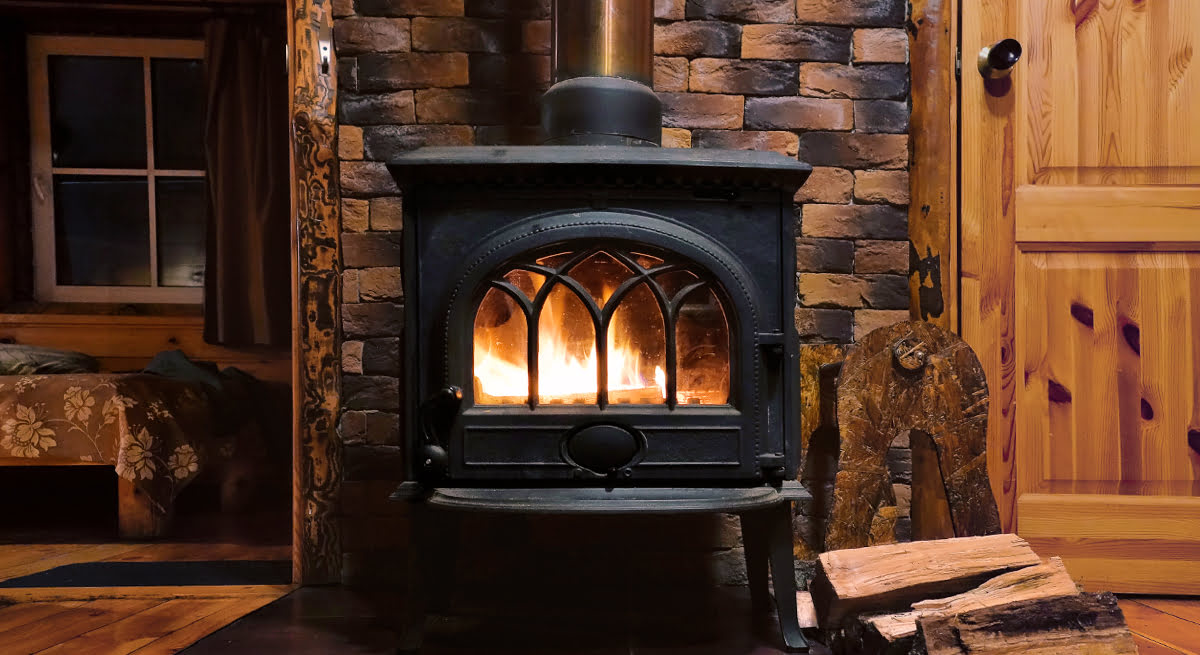
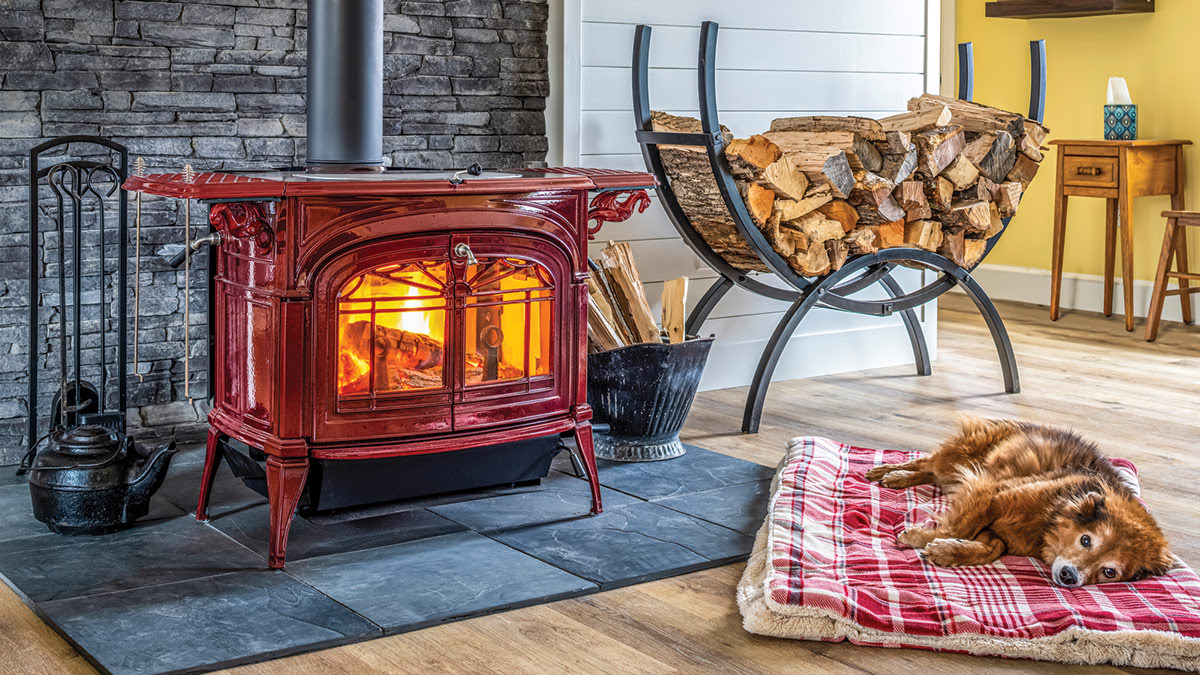
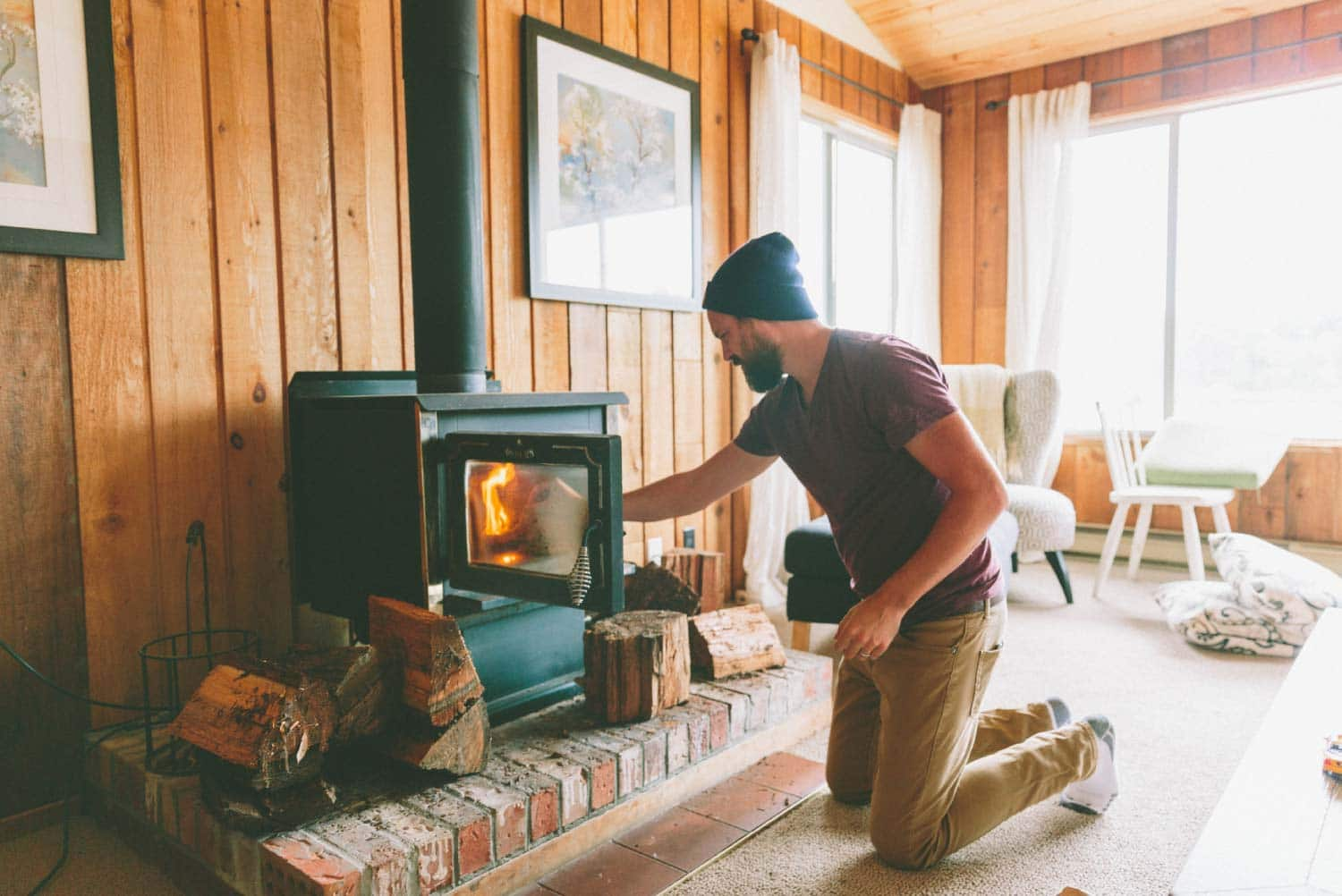
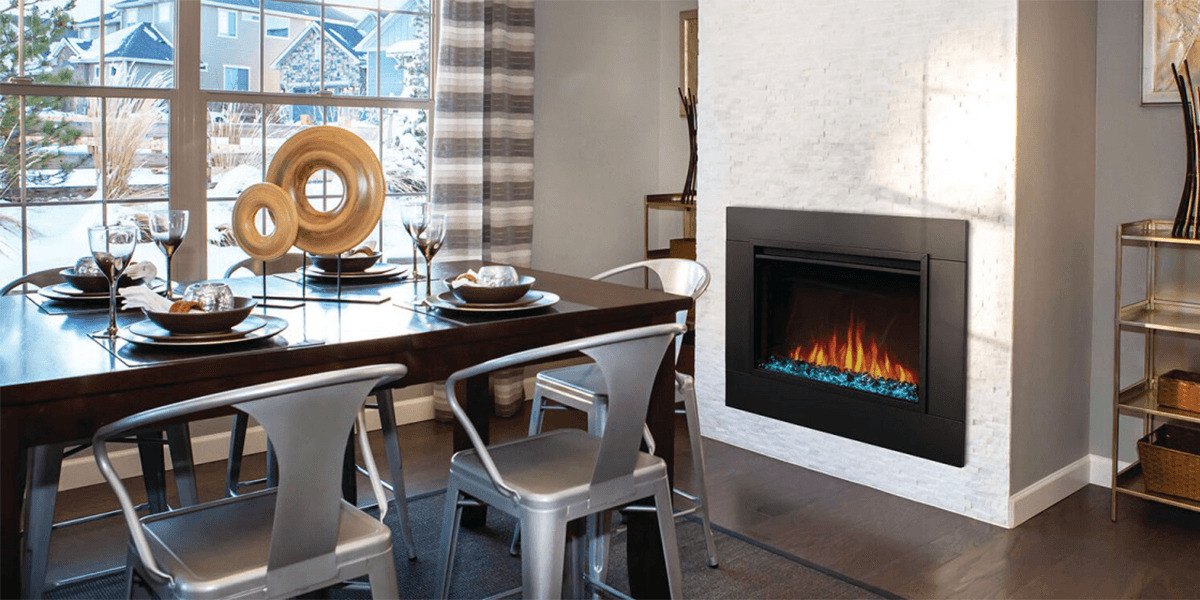
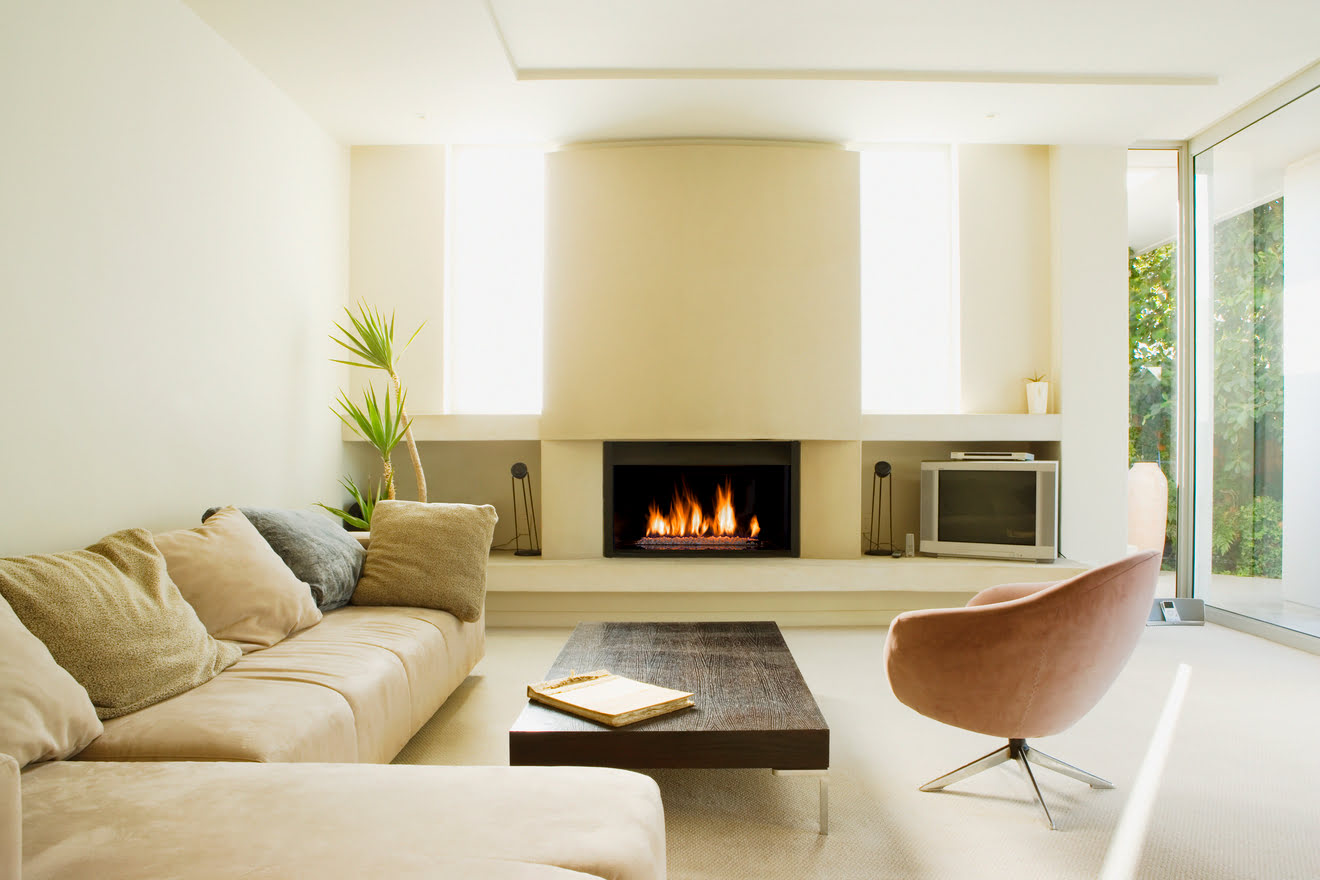
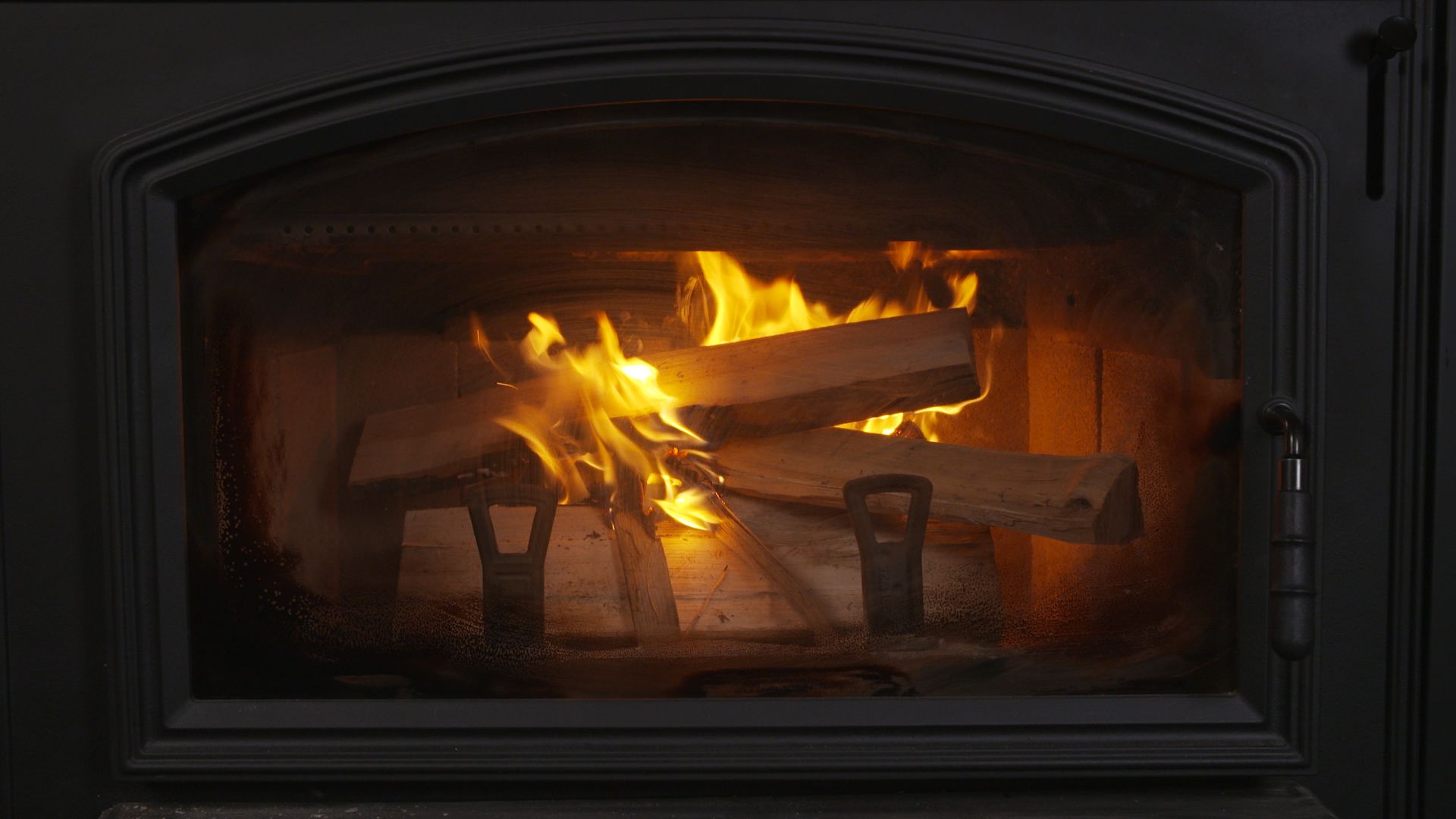
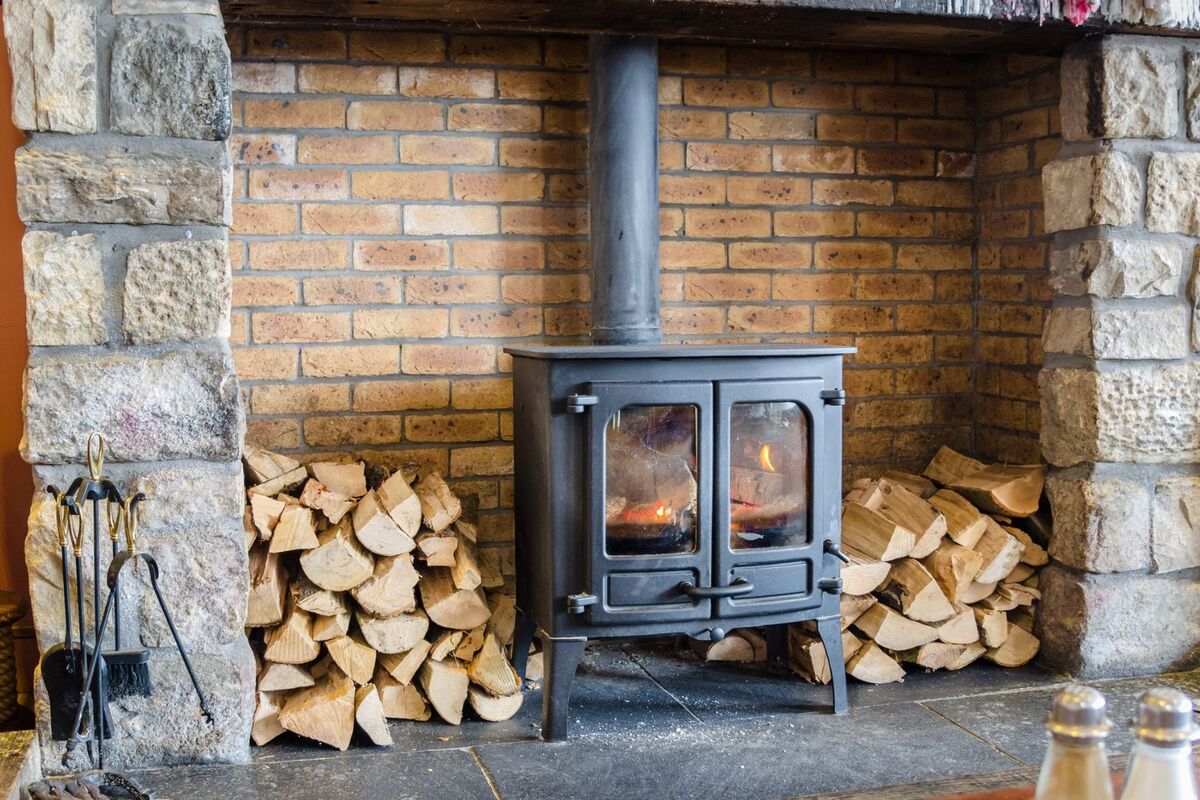
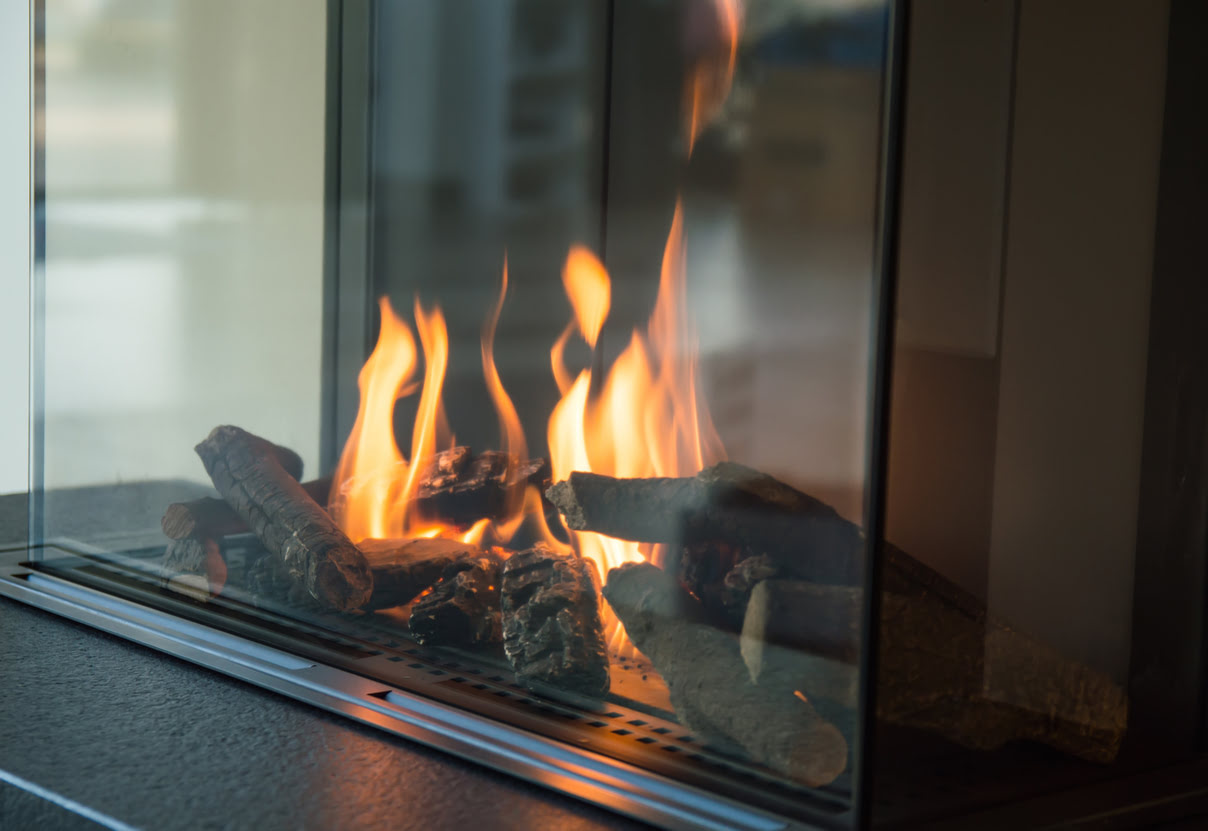
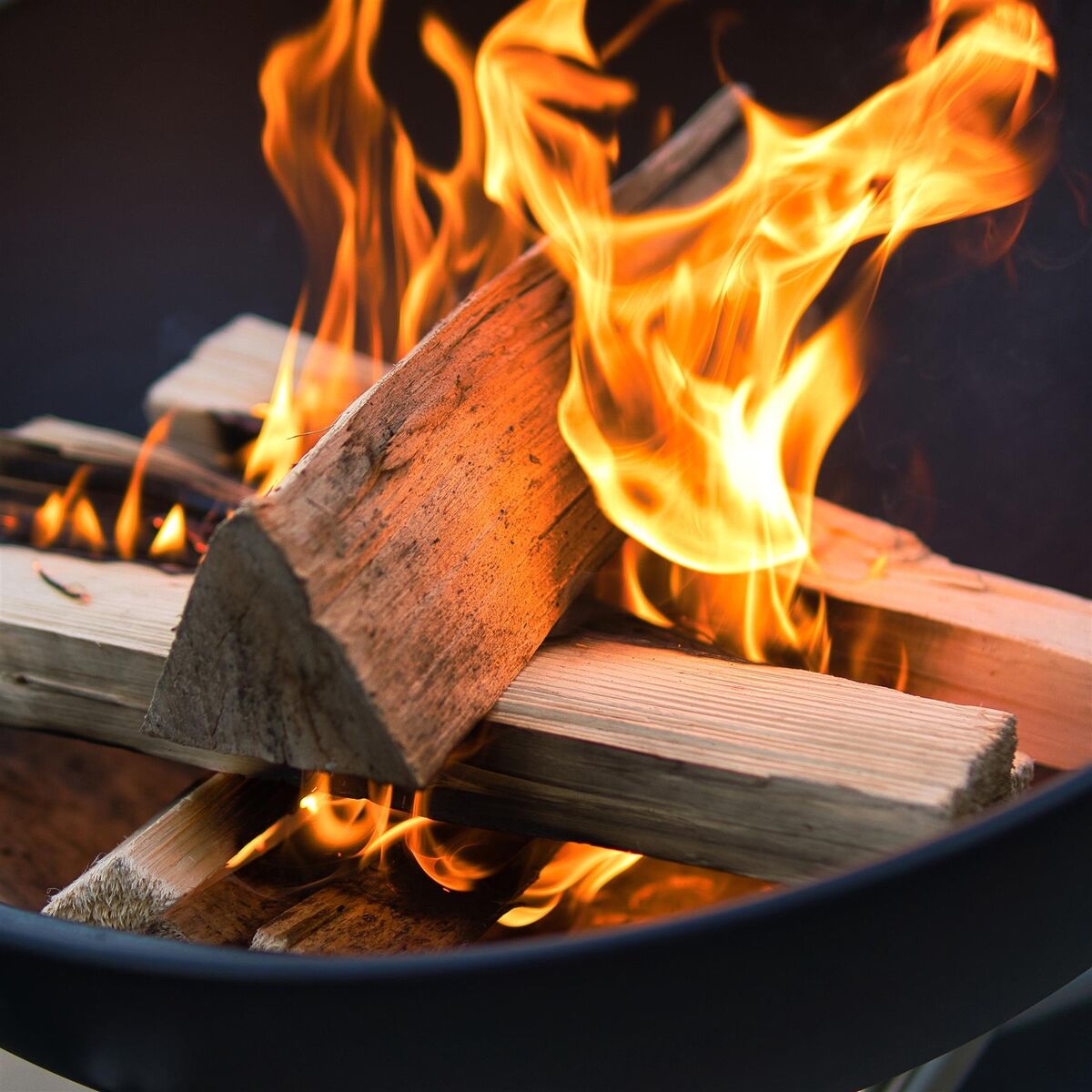
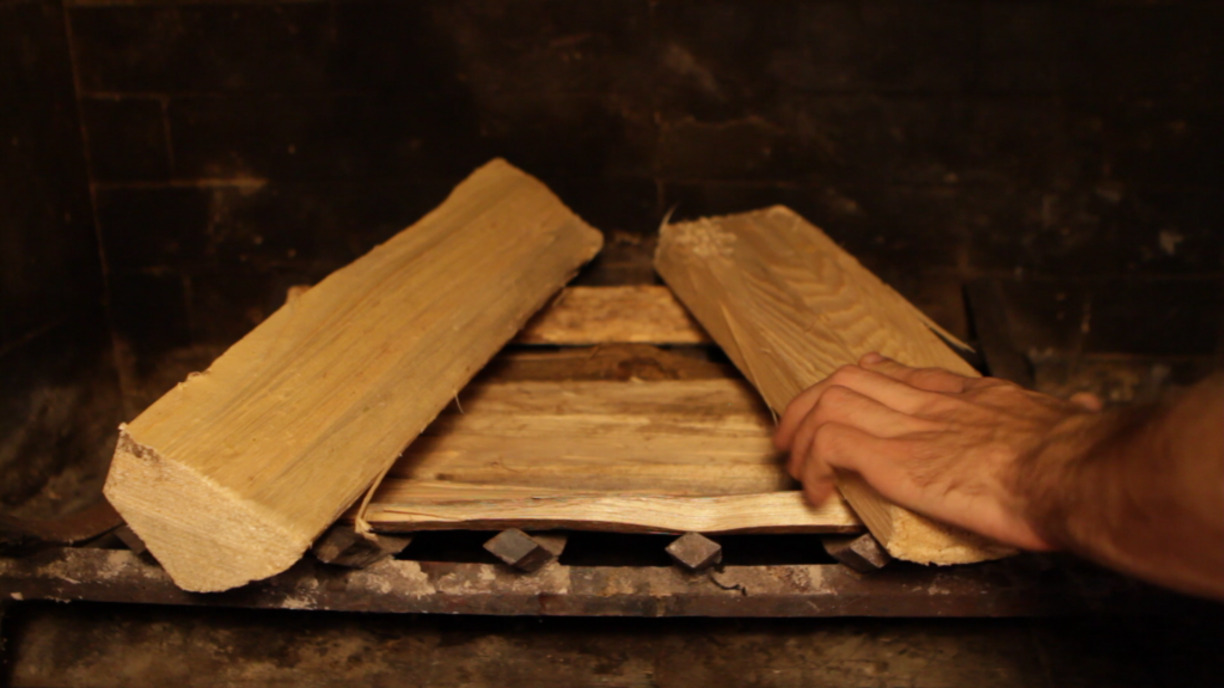
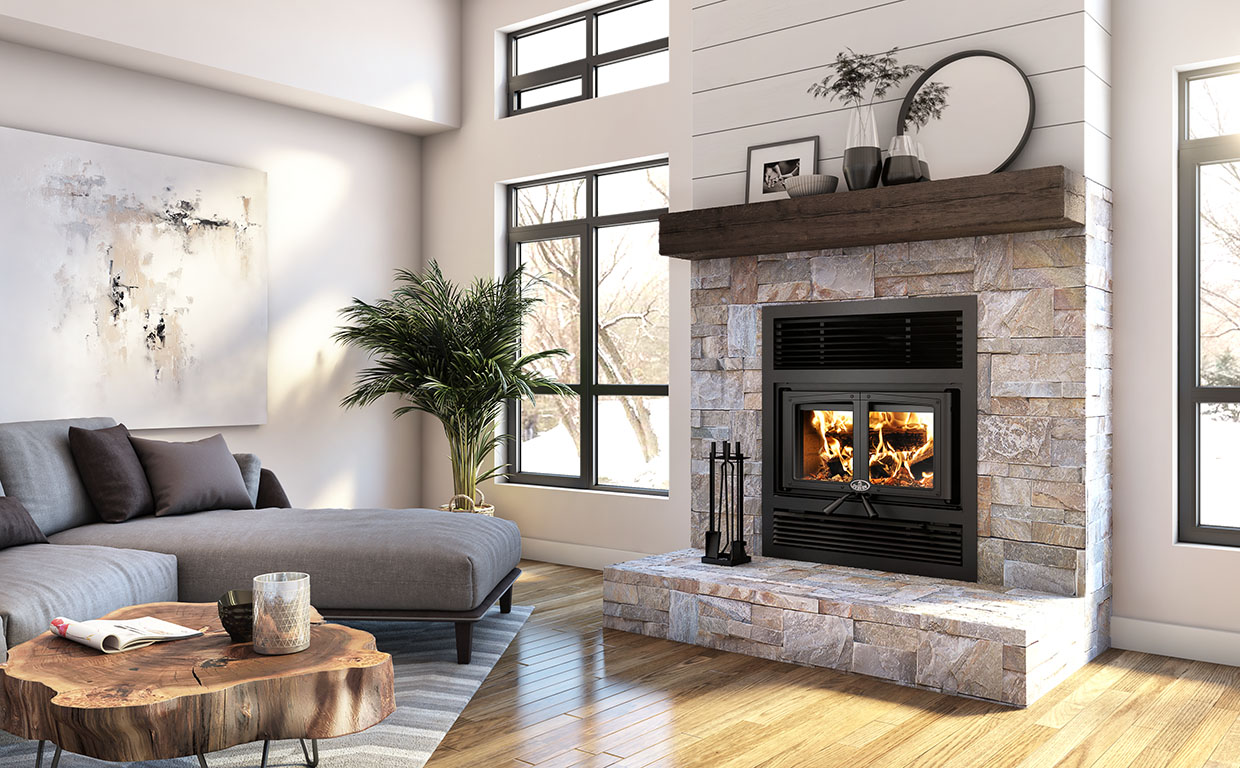
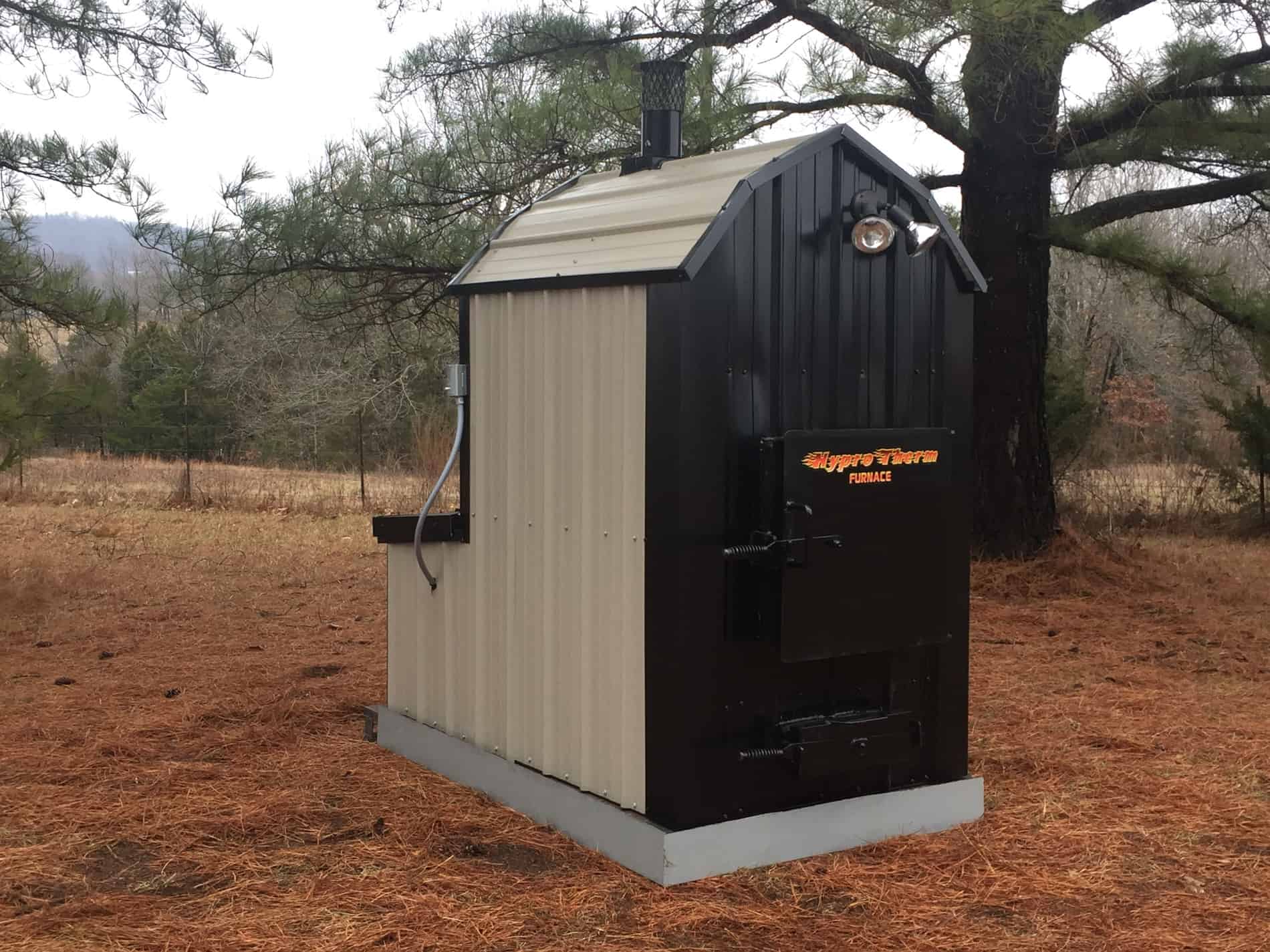
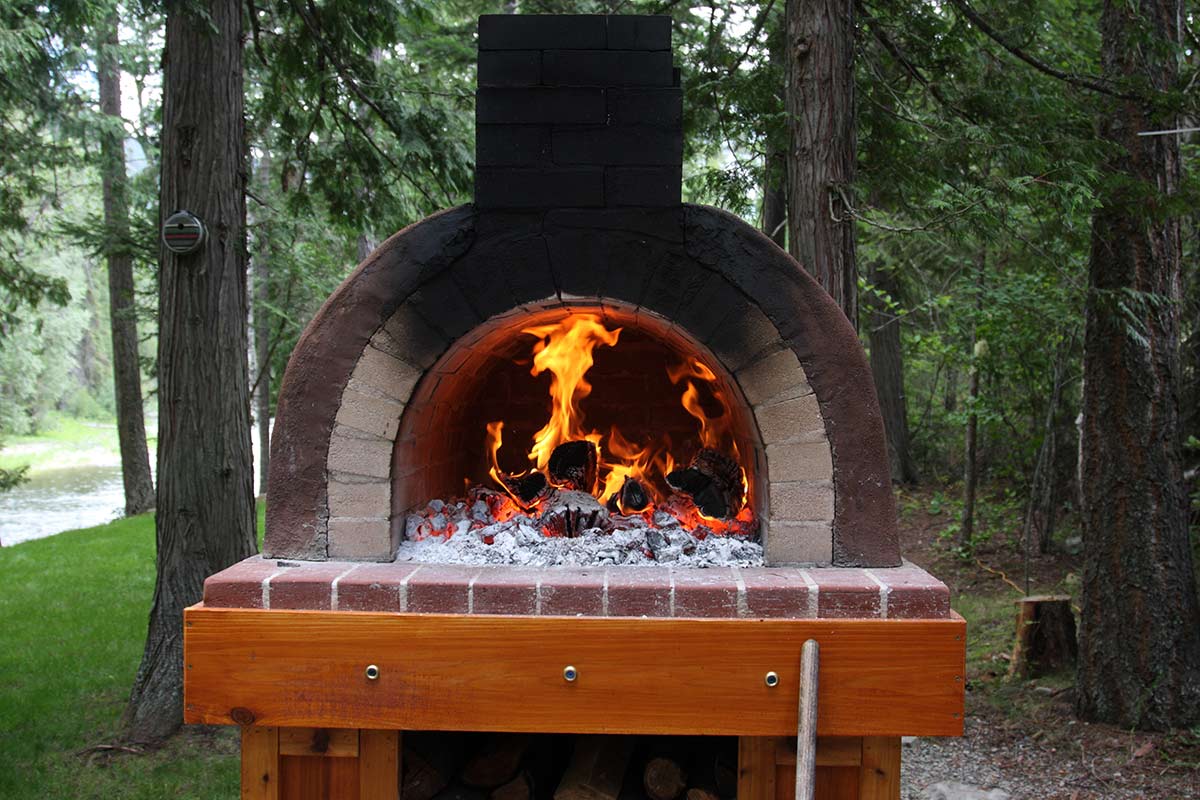
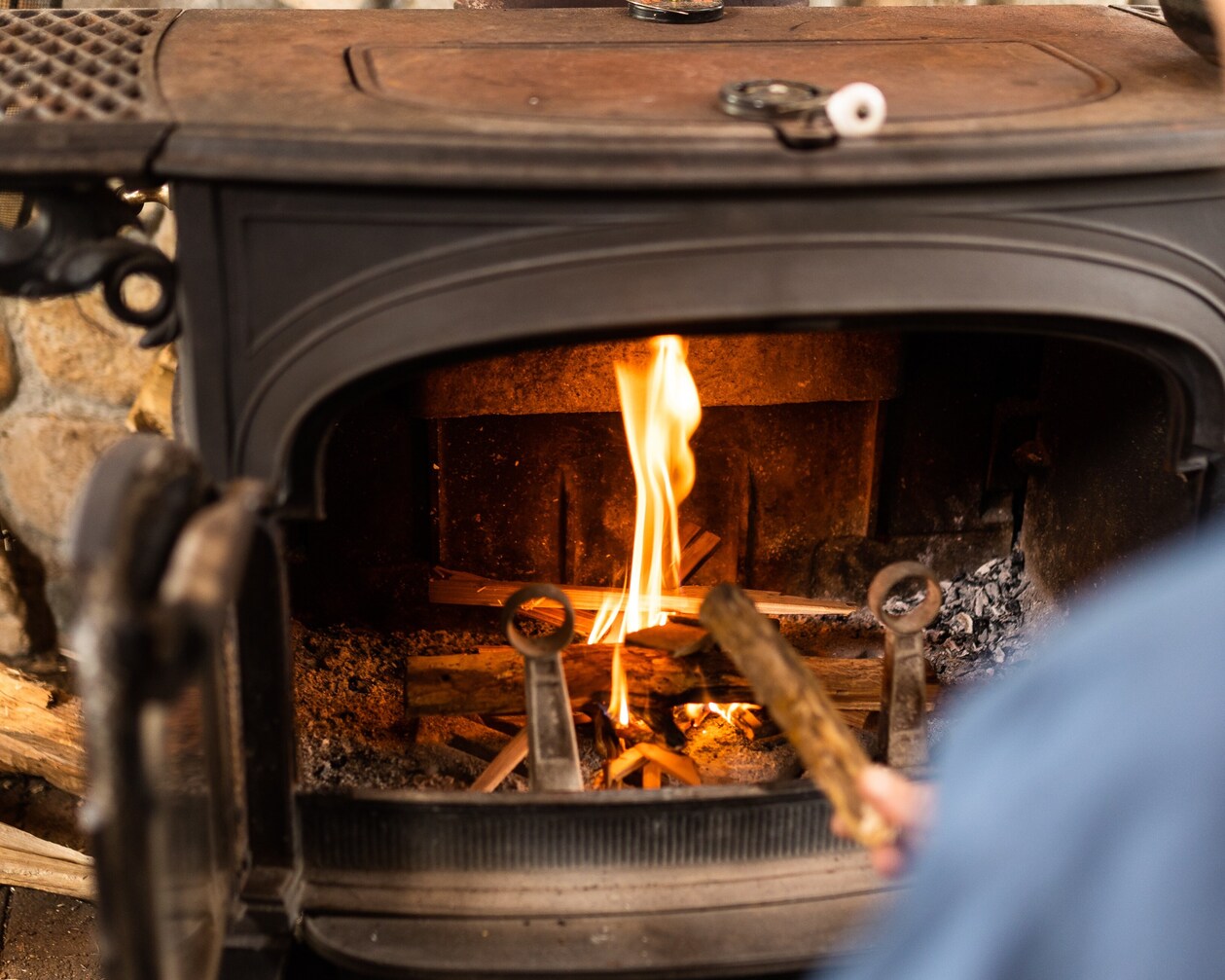

0 thoughts on “How To Use A Wood Burning Fireplace”